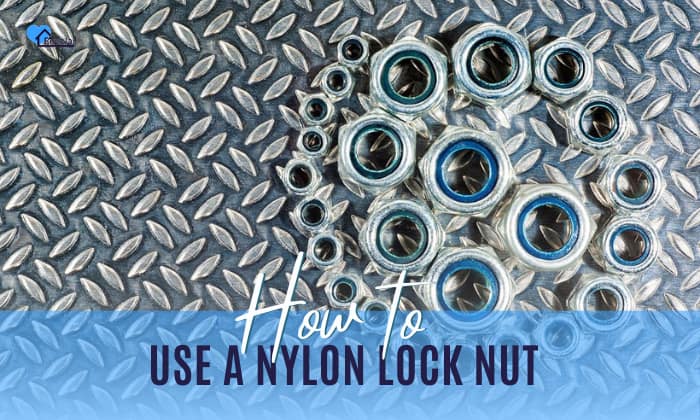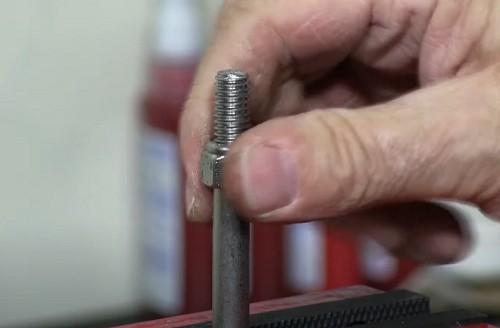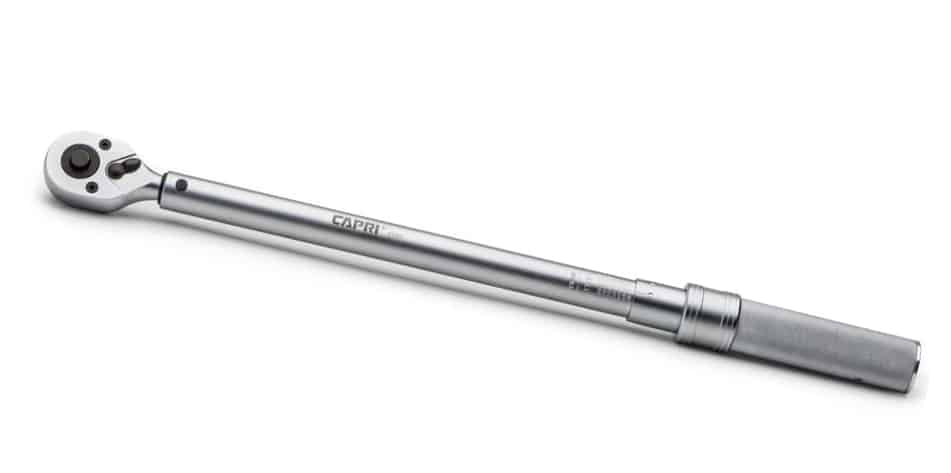Do the nuts and bolts on your vehicle or home appliances keep on loosening over time? It can be frustrating to replace them constantly.
As you know, there are different types of lock nuts available in the market, and you’re probably using the wrong one. Better yet, use a nylon lock nut to prevent the nut from loosening.
If you’re not familiar with nylon lock nuts, here’s how to use a nylon lock nut correctly, so you don’t always have to tighten or replace your locking nut and bolt.
Table of Contents
Guide to Use a Nylon Lock Nut
Before you proceed with the actual steps, make sure that you have the right size of the nylon lock nut and that it is not damaged in any way, because it won’t tighten no matter how hard you try.
What to prepare:
- A ratchet (⅜ inches)
- A torque wrench
Step 1: Hand-tighten the lock nut
Tightening lock nuts are easy, simply place the nylon lock nut on a threaded rod or bolt. Tighten the lock nut using your hand.
Once the lock nut stops turning, it means that the nylon insert has reached the fastener’s top thread.
If you’re wondering which way does a lock nut go on, it is always the smooth or flat surface of the lock nut that goes over the bolt.
Step 2: Tighten the nut with a drive ratchet
Find the right size drive ratchet with your socket. Insert the socket into the ratchet and tighten the nut in a clockwise direction.
It’s common to experience some resistance, though. Continue moving the ratchet without overtightening the nut, as this could damage the fastener.
Step 3: Final Tightening
With the nut properly seated, select the appropriate torque value on the torque wrench and drive it clockwise until you hear a click sound on the torque wrench. That will ensure that the final value is applied.
If you need to remove nylon lock nut from bolt, you can still unscrew it. But keep in mind that it may lose its gripping capacity.
What is a Nylon Lock Nut? How Does it Work?
A nylon lock nut, also called a self-locking nut, is a locking nut with nylon insert on one end of it. But don’t confuse it with a nut with rubber seal since they have different working principles and properties.
But how do nylon lock nuts work?
The self-locking nut working principle is that the nylon insert helps to increase the grip and create pressure on the bolt or screw attached to it.
The nylon collar can grip or hold the screws and bolt securely throughout the entire diameter.
The nylon collar deforms across the mating diameter as the nylon insert lock nut is tightened, causing friction. After that, it will lock a nut in place.
Pros and Cons of Nylon Lock Nuts
Just like any other locking nut, nylon insert lock nuts have advantages and disadvantages. Here are some of them.
- Ease of Installation – Since it comes in one piece, you don’t need to use a washer and a lock washer in securing nuts. It’s time-saving and cost-effective at the same time.
- Can Resist Vibrations – It is suitable for applications that involve motion and vibration as it will not loosen even when regularly exposed to vibrations.
- Prevents Seepage of Liquids – The nylon insert can also help prevent liquids such as water and oil from seeping into the bolt thread.
- Withstanding High Temperature – This lock nut is secure very high temperatures. It can withstand up to 121°C (250 °F)
- Vulnerable to Certain Chemicals – Poor protection on certain chemicals due to nylon properties.
How Many Times Can You Use A Nylon Lock Nut?
People have different points of view on whether or not you should reuse a nylon lock nut. While some reuse it, there are those who disagree due to safety reasons, which is why it pays to know how to use nylon lock nut.
However, one way of checking if it is still safe to reuse a nylon lock nut is by inserting it onto a rod and tightening it using your fingers. If you feel some resistance, then you may still reuse it.
Conclusion
Understanding how to use a nylon lock nut and how it works will help you better decide if it’s the right lock nut to use for your project.
As long as it doesn’t involve exposure to high temperatures and certain chemicals, then the nylon lock nut is a good choice for most applications such as electronics, vehicles, furniture, and more.

I am the last member to join Revolar and might be just the luckiest to work with dedicated people like Teddy and John. Our team has established a process where my only job is writing the best content to deliver incredible ideas and guides.







